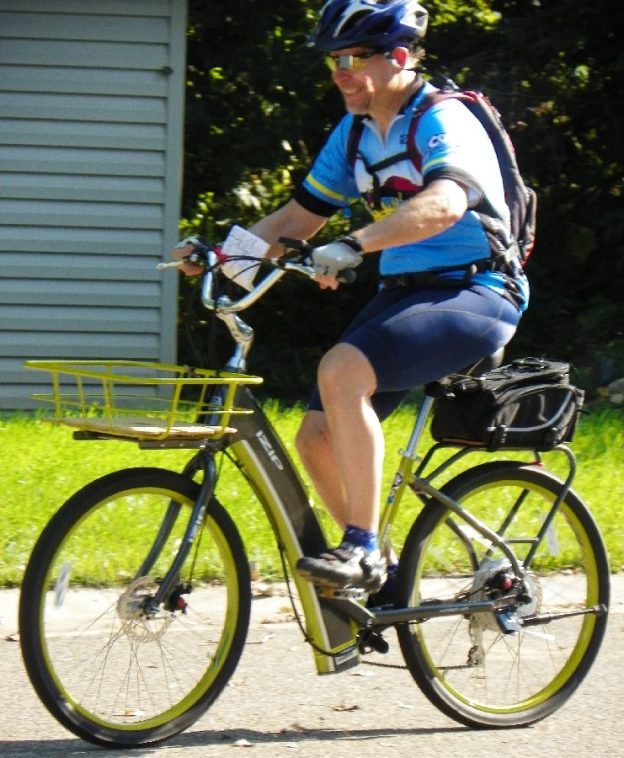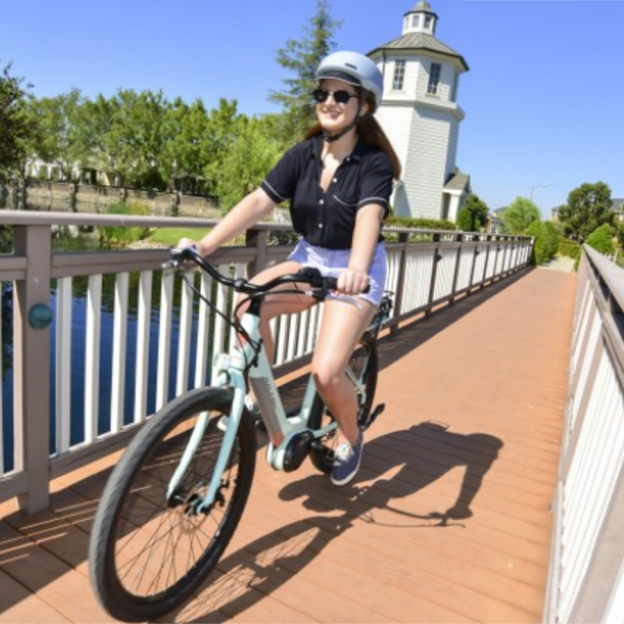Tag: E-bike motors
-

Why are there so many variables to pedal-assist e-bike costs?
You may want to compare all kinds of features and components when looking at an e-bikes cost. First, consider the style of the e-bike you like. Will the bike help fulfill your transportation needs to justify the investment. Next, are there options for the battery and motor size, the warranty, and the weight? With that…
-

Selecting the right type of electric bike motor for your style if riding
Electric bike motors have technologically come a long way in the last few years and can typically be located in three different locations on an e-bike. The first two locations use a hub motor that can be found on either the front or rear wheel of the bike. In recent years the center mount motors, in…


